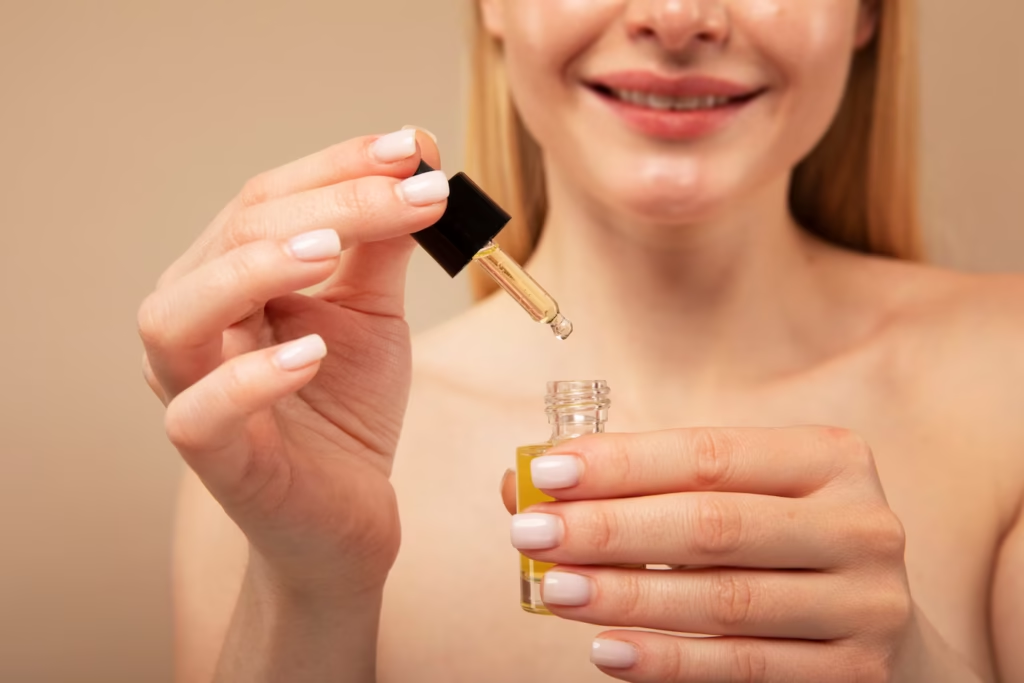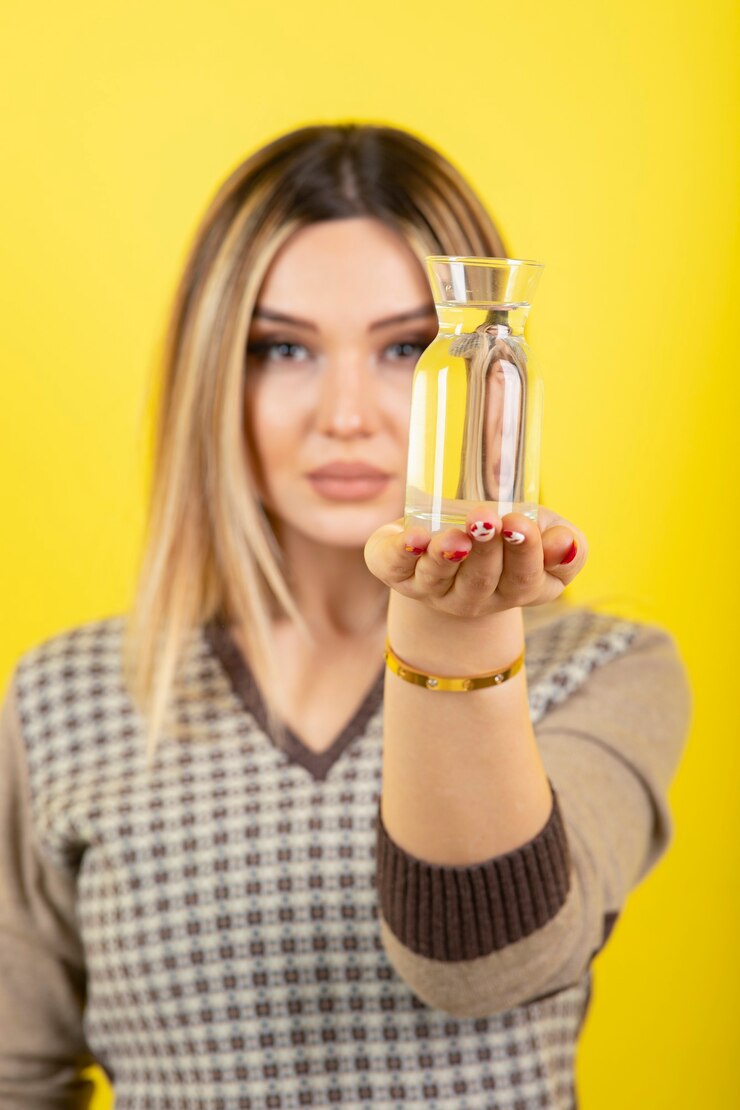The Roll-On Rumble: CBD vs. Essential Oils – Which One is More Effective?
In the ever-evolving world of wellness, roll-on applicators have become a popular and convenient way to experience the potential benefits of various natural compounds. Two prominent contenders in this space are cbd roll on for pain and essential oil roll-ons. Both offer targeted application and ease of use, but when it comes to effectiveness, how do they truly stack up? This in-depth guide will explore the nuances of each, helping you determine which roll-on might be more effective for your specific needs.
Understanding the Power of CBD Roll-Ons (Which One is More Effective?)
CBD, or cannabidiol, is a naturally occurring compound derived from the cannabis plant. Unlike its cousin THC, CBD is non-psychoactive, meaning it won’t induce a “high.” CBD roll-ons typically contain CBD extract blended with carrier oils like coconut or jojoba oil.
How They Work and Potential Benefits:
The effectiveness of CBD roll-ons is largely attributed to their interaction with the body’s endocannabinoid system (ECS). The ECS is a complex network of receptors, enzymes, and endocannabinoids that plays a crucial role in regulating various bodily functions, including:
- Pain Perception: CBD may help reduce pain by interacting with ECS receptors involved in pain signaling and inflammation.
- Inflammation: Research suggests CBD possesses anti-inflammatory properties, which can be beneficial for conditions involving inflammation.
- Anxiety and Stress: Some studies indicate that CBD may have calming effects and help manage anxiety and stress.
- Muscle Soreness and Recovery: Topical CBD application may aid in muscle recovery and reduce soreness after exercise.
The targeted application of a CBD roll-on allows for localized relief, focusing the potential benefits on specific areas of discomfort.
Exploring the Aromatherapy of Essential Oil Roll-Ons
Essential oils are concentrated plant extracts obtained through various methods like distillation or cold pressing. Each essential oil boasts a unique aromatic profile and potential therapeutic properties. Essential oil roll-ons typically consist of one or more essential oils diluted in a carrier oil.
How They Work and Potential Benefits:
Essential oil roll-ons primarily work through two main mechanisms:
- Aromatherapy: Inhaling the aroma of essential oils can stimulate the olfactory system, which is directly linked to the brain’s emotional center (limbic system). This can influence mood, stress levels, and even pain perception.
- Topical Absorption: When applied to the skin, essential oils can be absorbed into the bloodstream, potentially exerting localized effects depending on the specific oil.
The potential benefits of essential oil roll-ons are diverse and depend on the chosen oils. Some common uses include:
- Stress and Anxiety Relief: Lavender, chamomile, and frankincense are popular choices for promoting relaxation.
- Headache Relief: Peppermint and lavender oils are often used to ease tension headaches.
- Improved Sleep: Lavender and cedarwood are known for their calming and sleep-promoting properties.
- Muscle Soreness: Eucalyptus and peppermint oils can provide a cooling and soothing sensation for sore muscles.
- Uplifting Mood: Citrus oils like lemon and orange are often used to boost mood and energy.
CBD Roll-Ons vs. Essential Oil Roll-Ons: A Deep Dive into Effectiveness

The question of which is more effective ultimately depends on the specific issue you’re trying to address. Here’s a comparative look at their effectiveness across different areas:
Factors Influencing Effectiveness for Both
It’s important to note that the effectiveness of both CBD and essential oil roll-ons can be influenced by several factors:
- Quality of Ingredients: The purity and concentration of CBD or essential oils significantly impact their potency. Opt for reputable brands with transparent sourcing and third-party lab testing.
- Carrier Oil: The type of carrier oil used can affect absorption rates.
- Individual Body Chemistry: How your body reacts to these compounds can vary.
- Specific Needs: The underlying cause of your discomfort will play a crucial role in determining which type of roll-on is more effective.
- Consistency of Use: Regular and consistent application may be necessary to experience the full benefits.
When Might a CBD Roll-On Be More Effective?
Consider choosing a CBD roll-on if you are primarily seeking relief from:
- Localized pain and inflammation (e.g., arthritis, joint pain, muscle strains).
- Deeper, more persistent pain.
- Anxiety that feels more intense or generalized.
- Significant muscle soreness after intense physical activity.
When Might an Essential Oil Roll-On Be More Effective?
Consider choosing an essential oil roll-on if you are primarily seeking relief from:
- Mild to moderate stress and anxiety triggered by specific situations.
- Tension headaches.
- Mild sleep disturbances related to stress or poor sleep hygiene.
- A temporary boost in mood or energy.
- Pleasant aromas for sensory experience and relaxation.
Can You Use Them Together?
In some cases, using both CBD and essential oil roll-ons might offer a synergistic effect. For example, you could use a CBD roll-on for localized pain and an essential oil roll-on with lavender for relaxation. However, it’s always wise to research the potential interactions of specific essential oils and consult with a healthcare professional if you have any concerns.
Conclusion: Tailoring Your Relief for Maximum Effectiveness
Ultimately, there’s no single answer to whether CBD roll-ons or essential oil roll-ons are definitively “more effective.” The ideal choice depends heavily on your individual needs, the specific issue you’re trying to address, and your personal preferences.
CBD roll-ons show significant promise for managing pain, inflammation, and potentially anxiety and sleep issues through their interaction with the endocannabinoid system. Essential oil roll-ons excel in aromatherapy, offering benefits for mood, stress, and mild discomfort through their aromatic and topical properties.
By understanding the unique mechanisms and potential benefits of each, you can make an informed decision about which roll-on is more effective for helping you find the relief and well-being you seek. Remember to always choose high-quality products from reputable sources and consult with a healthcare professional if you have any underlying health conditions or are taking other medications.
Frequently Asked Questions (FAQs)
Is CBD more effective than essential oils for pain?
CBD may be more effective for certain types of pain, particularly localized and inflammatory pain, due to its interaction with the endocannabinoid system. Essential oils can offer relief for mild pain like tension headaches or muscle soreness through aromatherapy and topical effects, but may not be as potent for deeper pain.
Can I use a CBD roll-on and an essential oil roll-on at the same time?
Yes, in many cases, you can use both. For example, you might use a CBD roll-on for pain and a lavender essential oil roll-on for relaxation. However, it’s always best to research potential interactions and consult with a healthcare professional if you have any concerns.
Which type of roll-on is more effective for anxiety?
Both can be effective for anxiety, but they work differently. CBD may have a more direct impact on anxiety through its interaction with brain receptors, while essential oils like lavender work primarily through aromatherapy to promote relaxation. The more effective option may depend on the individual and the type of anxiety.
Are there any side effects associated with CBD or essential oil roll-ons?
CBD is generally well-tolerated, but some individuals may experience mild side effects like skin irritation. Essential oils can also cause skin irritation or allergic reactions in sensitive individuals, especially if not properly diluted. Always perform a patch test before applying liberally.
How do I know which roll-on will be more effective for me?
The best way to determine which roll-on is more effective is often through experimentation. Consider your primary concerns and research specific CBD products and essential oils known for addressing those issues. Start with low concentrations and observe how your body responds. Consulting with a healthcare professional or an aromatherapist can also provide personalized guidance.







